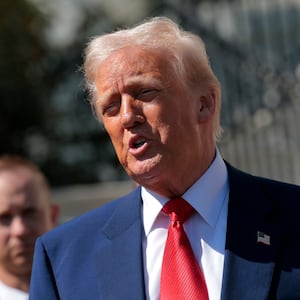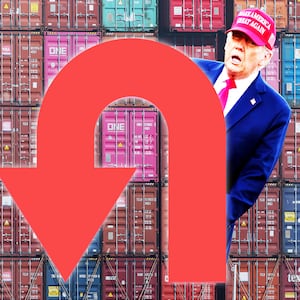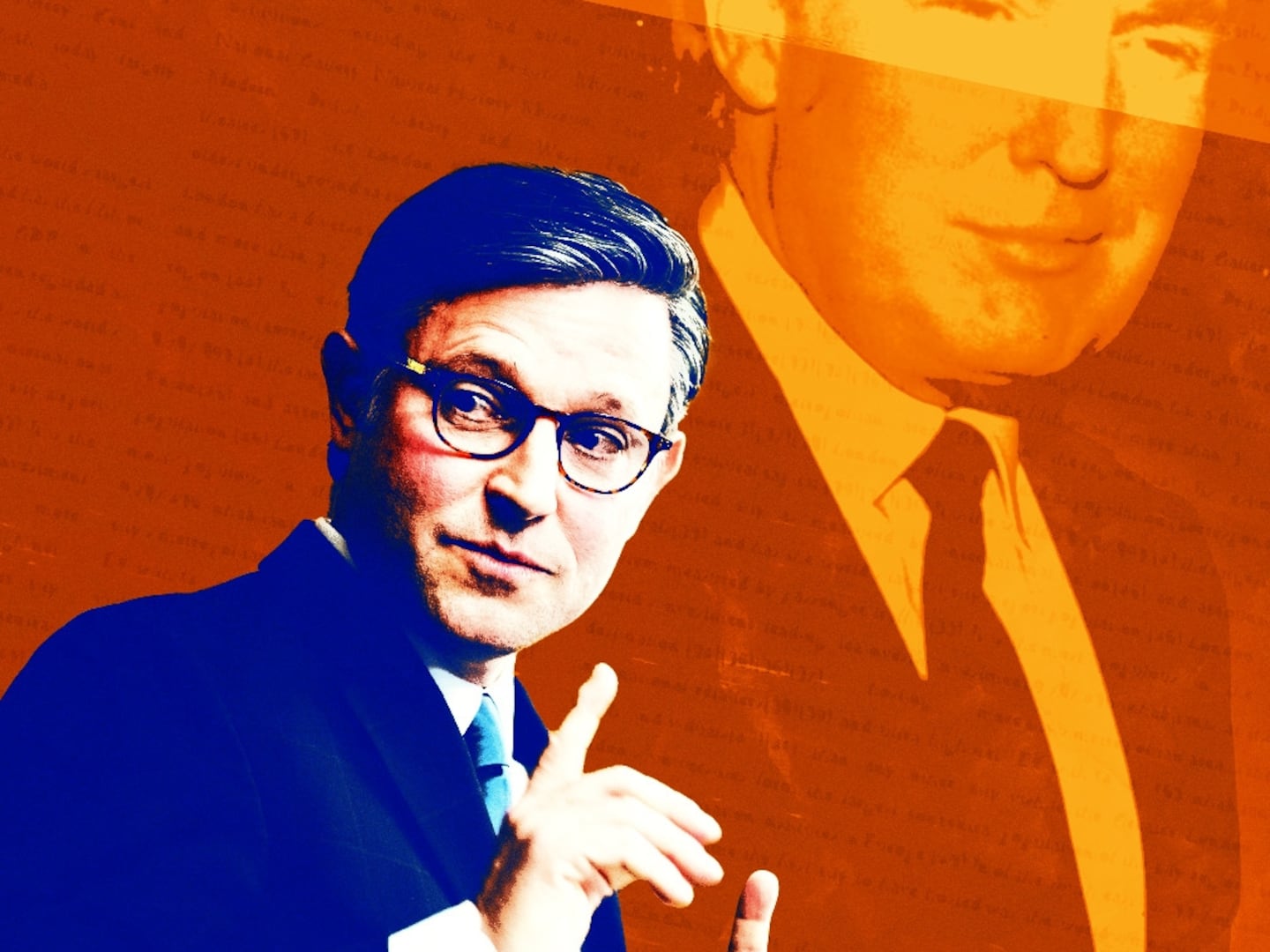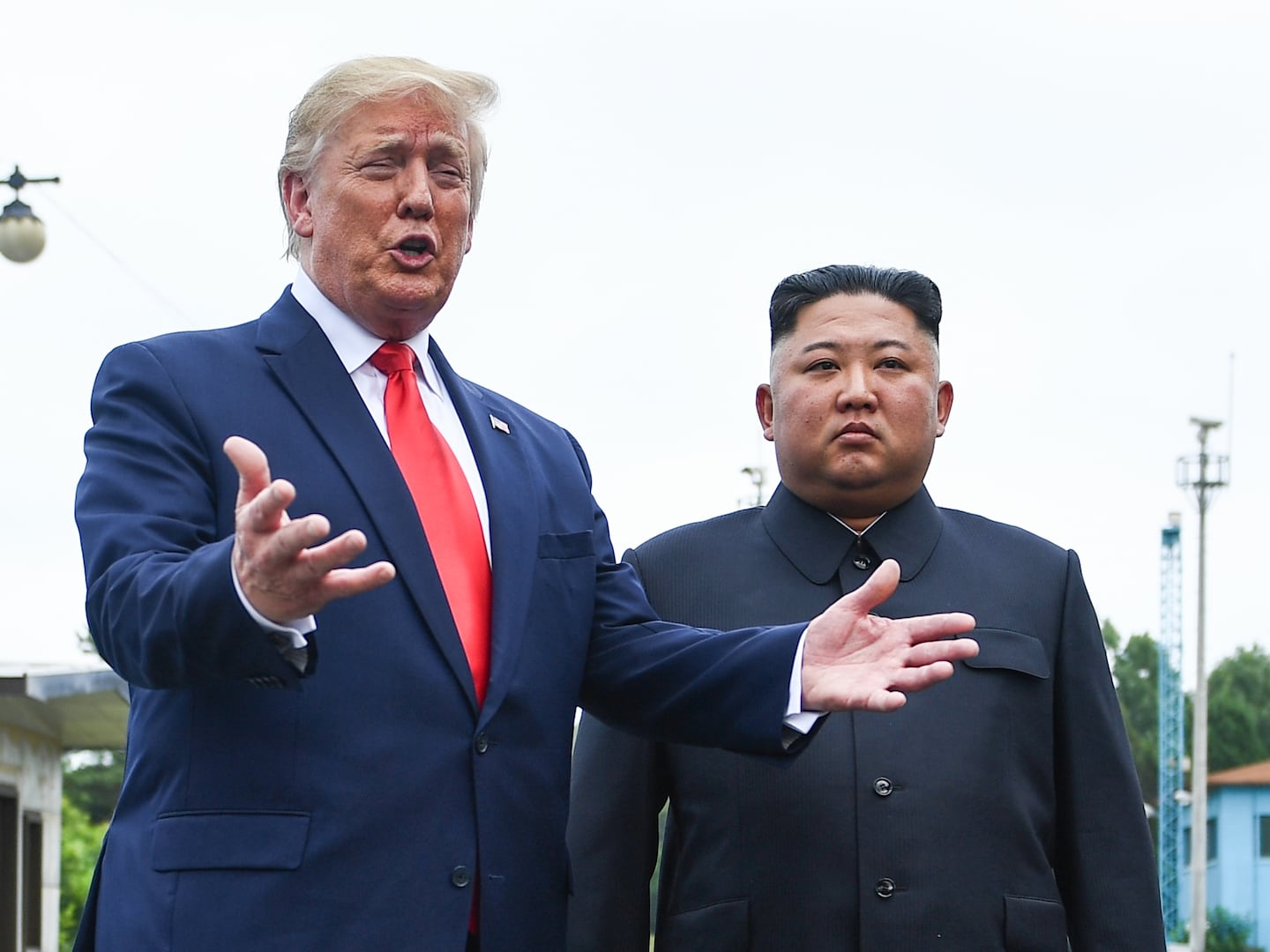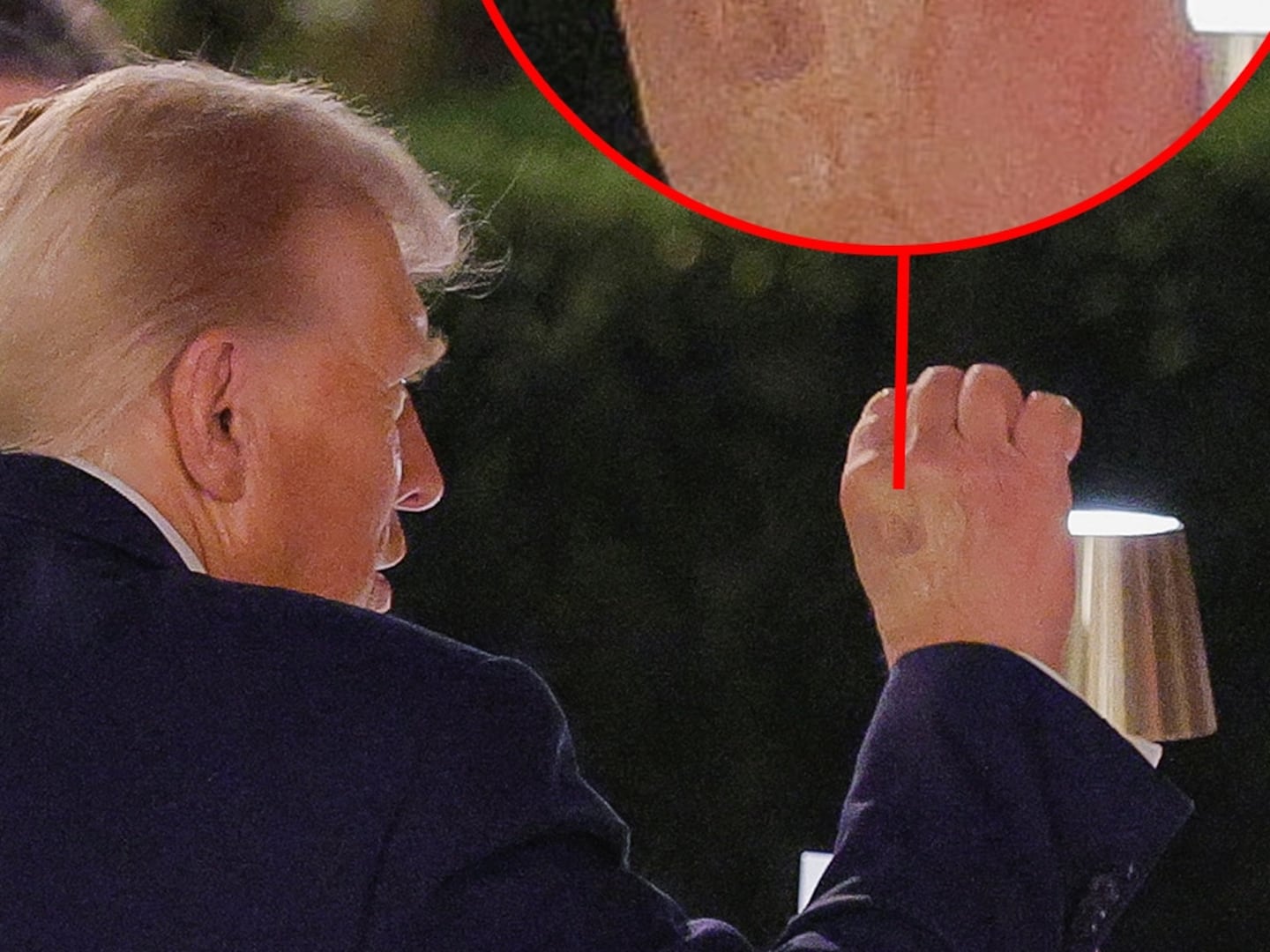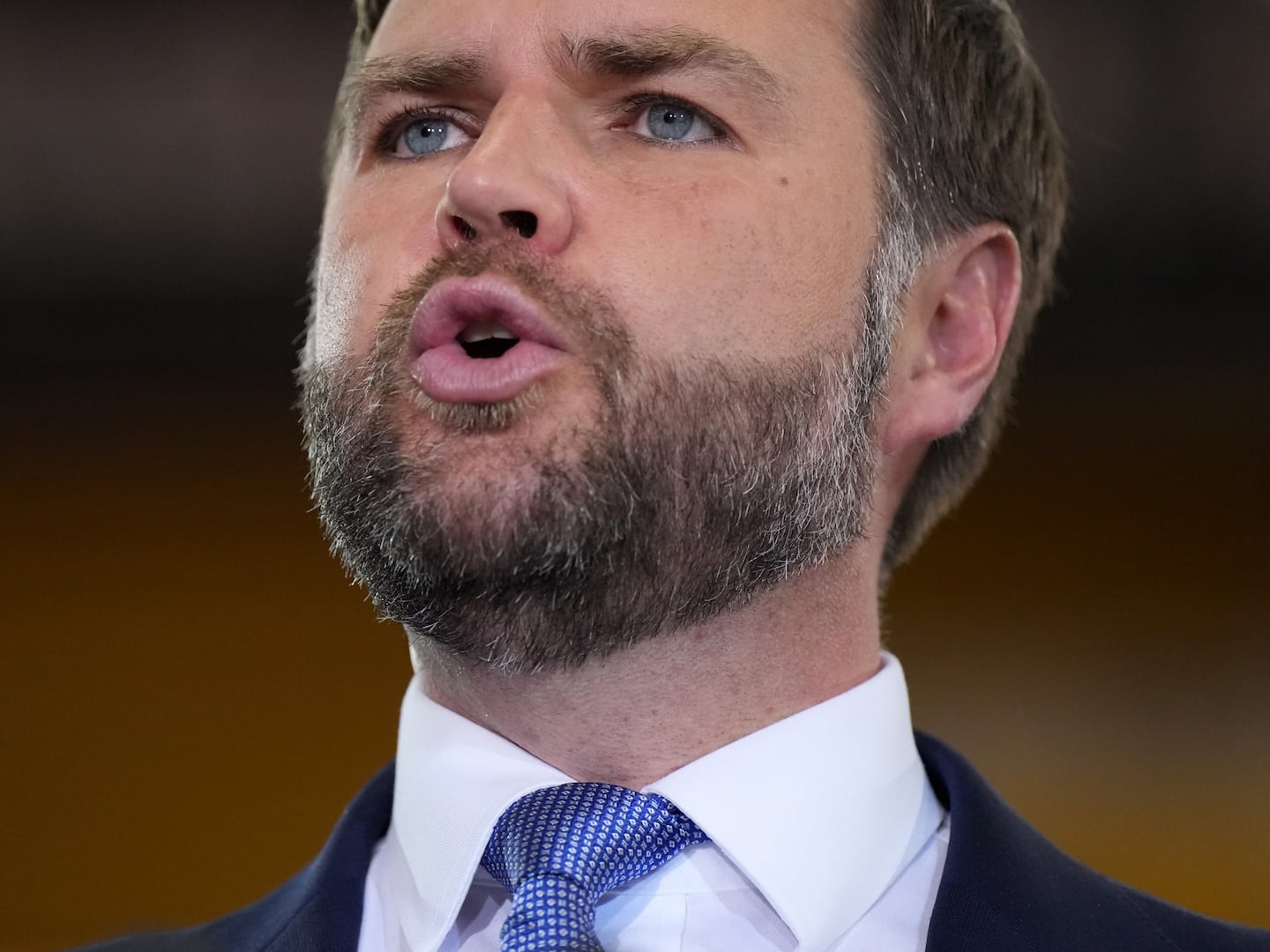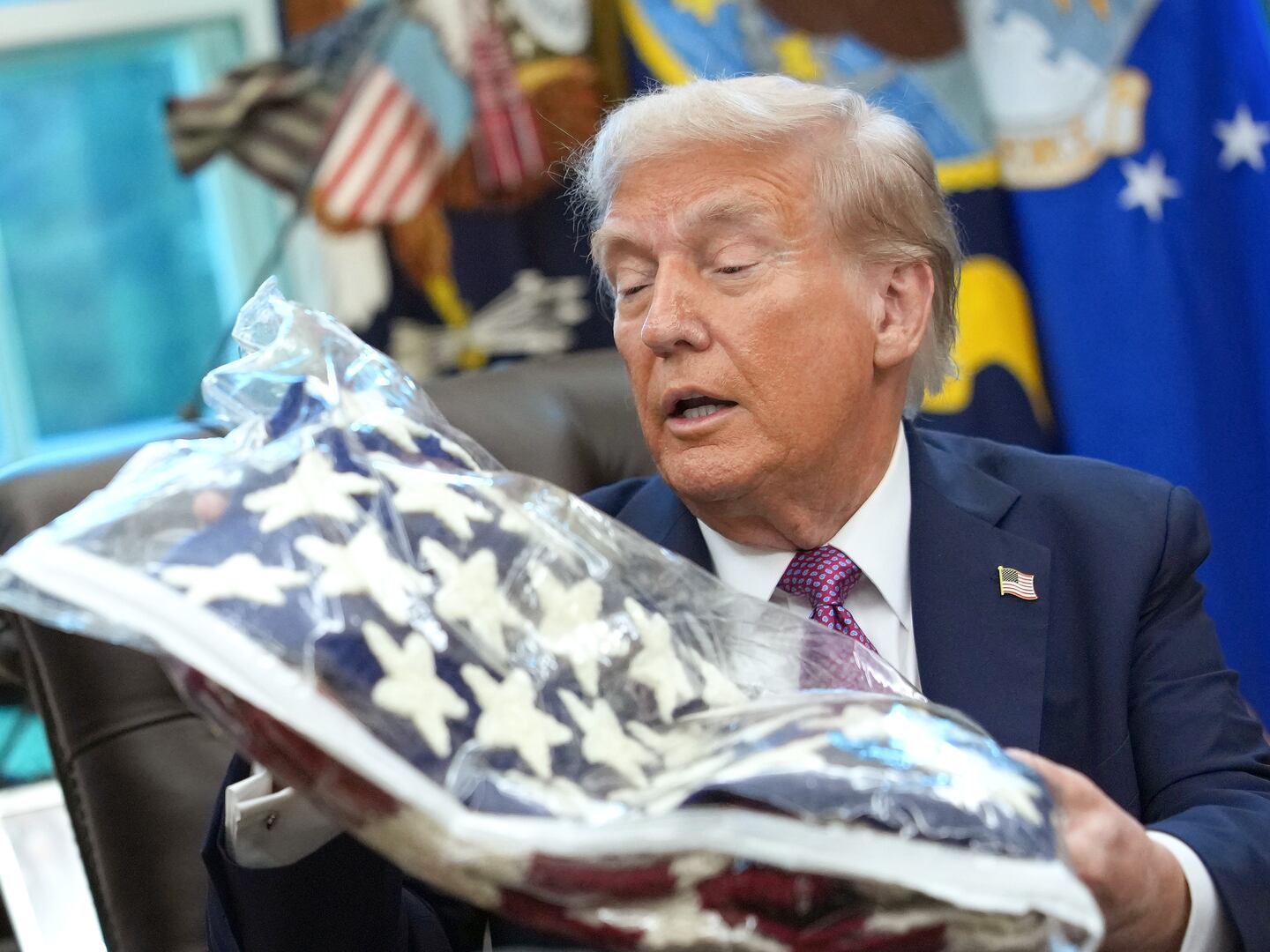U.S. stocks dropped about 2 percent at the opening bell Thursday and plunged further through lunchtime—a sign that markets doubt the damage from President Donald Trump‘s tariffs is done and dusted.
The S&P 500 dropped more than 4.8 percent by noon, while the Nasdaq Composite tumbled 5.5 percent compared to closing on Wednesday. The Dow Jones Industrial Average fell nearly 1,600 points in that period, which is more than 4 percent.
That drop comes despite better-than-expected inflation numbers on Thursday, which showed consumer prices increased 2.4 percent from a year earlier, down from a 2.8 percent rise in February. While it is the lowest increase since September, it is still above the Federal Reserve’s 2 percent goal.
ADVERTISEMENT
The market’s dip comes on the heels of Trump taking a victory lap Wednesday afternoon after he said there would be a 90-day pause on most global tariffs—an announcement that spurred a monster rally before closing.
Despite that rally, however, both the Dow Jones Industrial Average and the S&P 500 remain down since Trump rolled out his “Liberation Day” tariffs on April 2.
While the White House was quick to trumpet the inflation report, saying “America is back‚ but inflation is not,” economists said the data was not useful because it offered only a view of the past while the U.S. braces for a trade war with China.
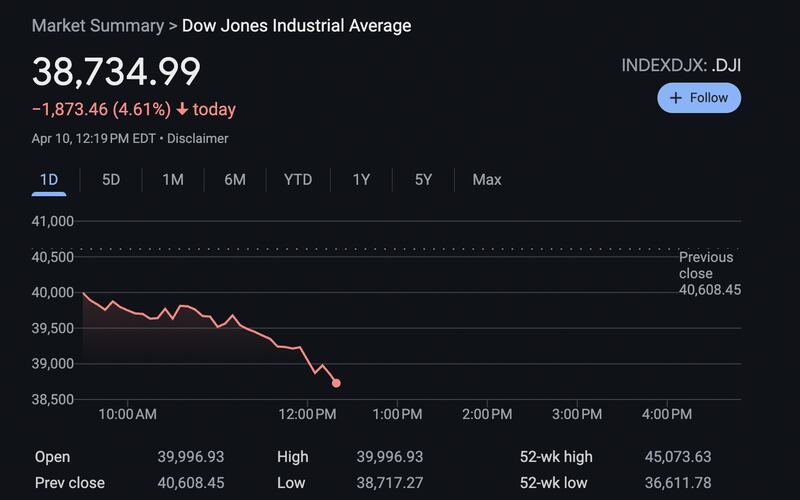
“Trump blinks,” UBS strategist Bhanu Baweja said about the president’s decision on tariffs, “but the damage isn’t all undone.”
Tesla was among the morning’s biggest losers, dropping 10 percent between closing on Wednesday and noon on Thursday. Apple, which has a massive manufacturing presence in China, also fell 6 percent in that period.
Trump said Wednesday that he considers Chinese President Xi Jinping a “friend” and expressed confidence that the two countries would eventually reach a “very good deal.” The announced 125 percent duty on Chinese imports made the effective U.S. tariff rate 23 percent—a record high. The White House clarified Thursday that the tariff figure is actually 145 percent on Chinese goods, making the effective rate even steeper.
Morgan Stanley’s chief U.S. economist, Michael Gapen, warned Thursday that the tariffs—planned, implemented, or rescinded—create uncertainty that is bad for the markets.
“Delays help, but do not reduce uncertainty,” he wrote Thursday, CNBC reported.
LPL Financial’s chief economist, Jeffrey Roach, echoed the sentiment, saying the markets cannot trust the information that comes from the White House.
“I think the upside case for sticks is impaired,” Roach told CNBC. “The Fed has made clear during the midst of this that ‘the Fed put’ really isn’t in play until they have a better idea of inflation ... Markets then have to depend on fundamentals and a policy path—the White House—that they’re they can’t necessarily depend on.”


